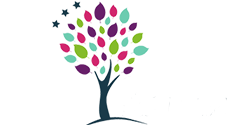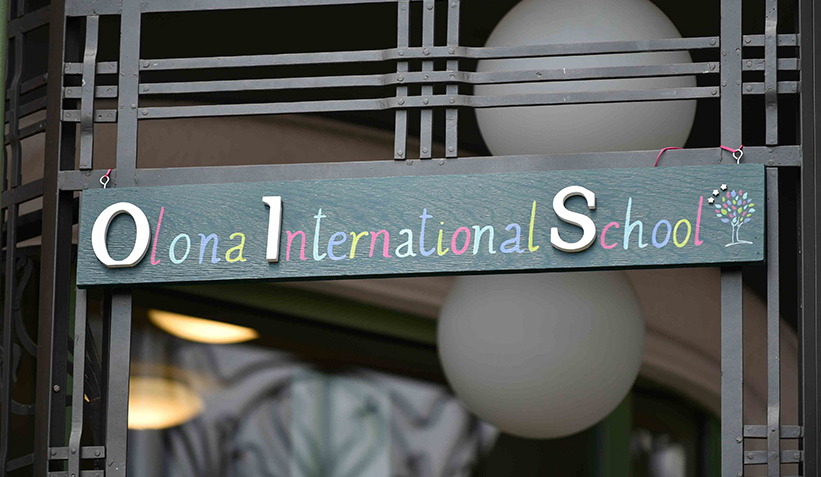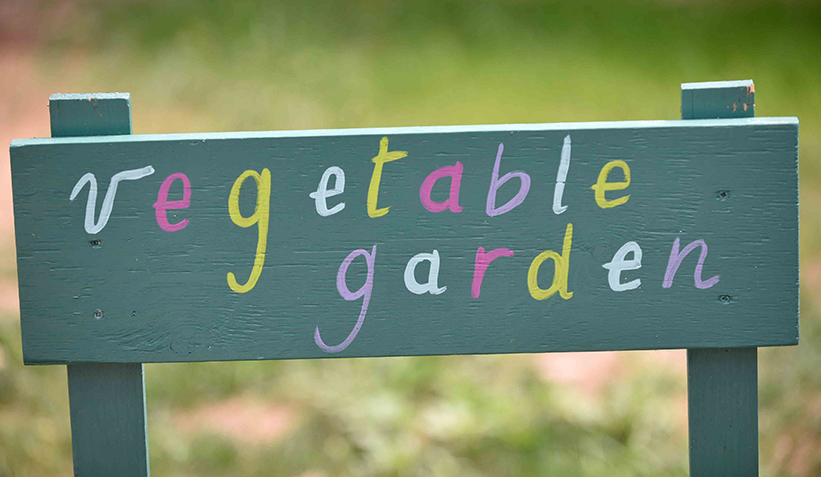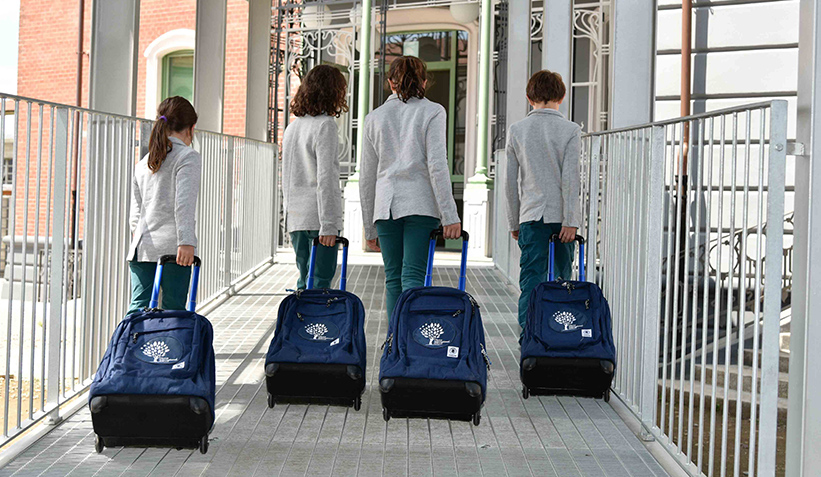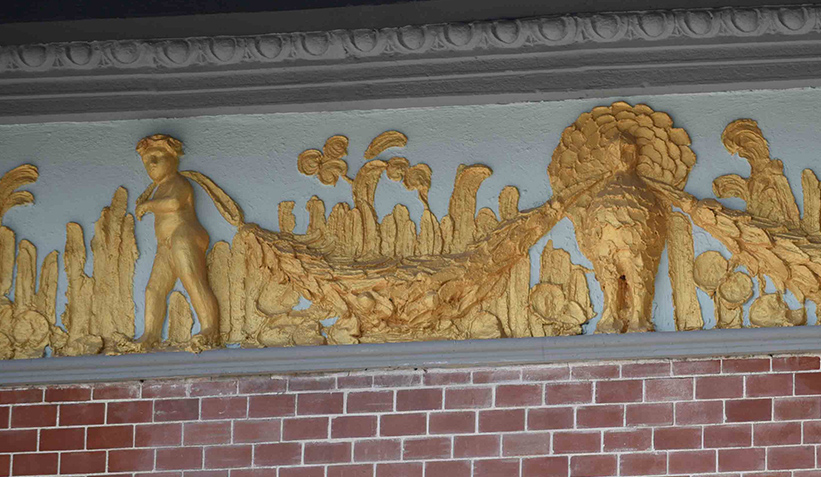Didactics
A new approach
An increasing number of surveys have highlighted the limitations behind traditional lessons as a learning strategy: extended passive listening, interaction difficulties, collaboration shortage, lack of feedback on the real comprehension, inability to respect the different cognitive styles and paces. These are all restrictions which heavily weigh on what is now the main teaching practice in Italian schools.
OIS applies an instructional strategy to its didactics known as FLIPPED CLASSROOM, a type of learning that reverses the traditional learning environment by delivering instructional content, often online, outside of the classroom. It moves activities, including those that may have traditionally been considered homework, into the classroom.
From teaching methodologies which fundamentally instruct students, to more productive and communicative didactics
Classroom time is used to implement subjects and to reflect on and to take in what students and teachers discuss during each lesson
Each student is a central focus point of the classroom, with its own specific learning needs
The teacher is considered a facilitator of the learning process, a support to the development of cognitive skills, a guidance towards the advancement of skills: these activities are nowadays more relevant and critical than ever
Middle School Didactics
The weekly schedule establishes attendance from 8:15 a.m to 2:45 p.m, four days per week and one longer school day, in which school ends at 4:15 p.m. Academic activities are organised in periods of 45 minutes, structured as it follows:
– 16 periods in Italian
– 17 periods in English
– 4 periods in German
Before the beginning of the academic year, the school conducts an English language skills assessment for students that come from other Italian or foreign primary schools. If necessary, the teacher’s team designs a personalised study plan, which could involve an afternoon gap recovery English course
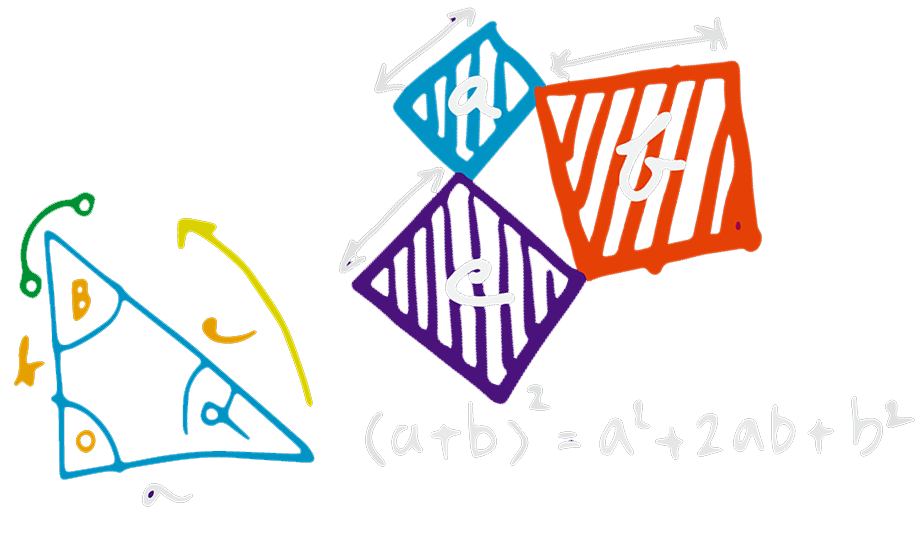
CLASSES IN ITALIAN CLASSES IN ENGLISH/GERMAN
Subjects |
Weekly hours |
|---|---|
| Italian & History | 10 |
| Mathematics | 6 |
| Science | 4 |
| Anglo-saxon Literature | 2 |
| Cambridge English | 2 |
| Geography & Civics | 3 |
| Technology | 2 |
| Art | 2 |
| Music | 2 |
| Deutsch | 4 |
THE CLIL (Content and Language Integrated Learning) APPROACH
The CLIL is an immersive teaching approach that aims to build language and communication skills in a foreign language along with the development and acquisition of the knowledge in a specific field.
The objective of the study cycle is to bring students to the B2 certification of the English language (Cambridge exam) and A2 of the German language (Goethe – Zertifikat)

